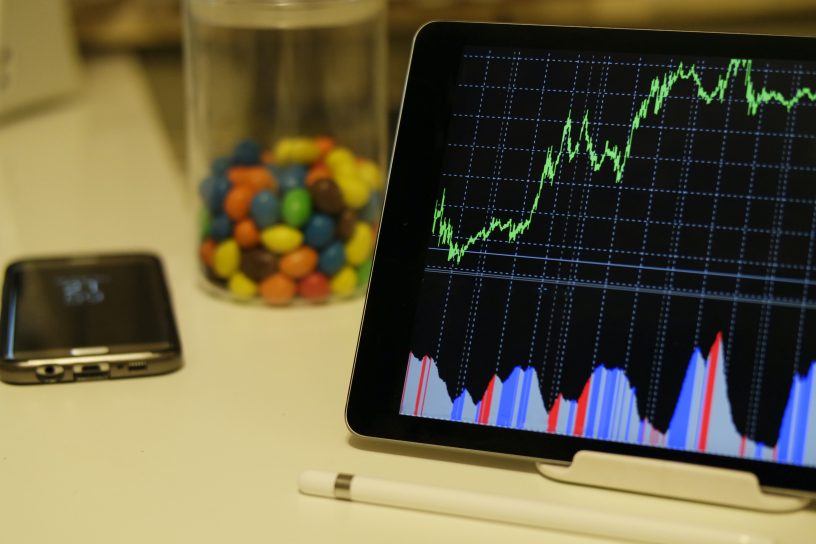The long-only mean-reversion strategy for trading SPY and QQQ is based on two popular indicators.
The strategy rules are available with a purchase of the strategy bundle.
Backtest settings
Name of strategy: ETFMR
Timeframe: Daily (adjusted data)
Markets: SPY and QQQ ETFs
Strategy type: Long-only mean-reversion
Position size: 100% of available equity.
Commission: $0.01/share
Execution: All trades are executed at the open of the next bar
Backtest range: 01/3/2003–12/31/2024
Note that the strategy is not optimized for the highest annualized return.
Equity curve, yearly returns, and drawdown profile
The annualized return is 9.6%, and Sharpe is 0.80. The win rate is 69.1.
Performance Summary
| STRATEGY | |
| CAGR | 9.6% |
| MDD | -22.9% |
| VOLATILITY | 12.1% |
| SHARPE | 0.80 |
| TRADES | 956 |
| WIN RATE | 69.1% |
| AVG. BARS IN TRADE | 4.3 |
| EXPOSURE | 28.7% |
The rules of the strategy are available as part of a bundle of strategies. Contact us for more details and prices.
Strategy rules
|
This post is for paid subscribers
Already a subscriber? Sign in |
Click here for a list of strategies.
About the risks of mean-reversion strategies
Mean-reversion methods are risky since the trades typically go against the short-term trend. Stop-loss orders cannot be employed efficiently because, in the majority of instances, they destroy profitability.
Mean-reversion strategies are only good for experienced traders who know how to manage risk and are willing to take on big risks.
When using a profitable mean-reversion strategy, inexperienced traders may lose money because they are afraid to act on signals that are risky at first but pay off in the long run.
Disclaimer: No part of the analysis in this blog constitutes a trade recommendation. The past performance of any trading system or methodology is not necessarily indicative of future results. Read the full disclaimer here.
Charting and backtesting program: Amibroker. Data provider: Norgate Data
If you found this article interesting, you may follow this blog via RSS, Email, or Twitter








